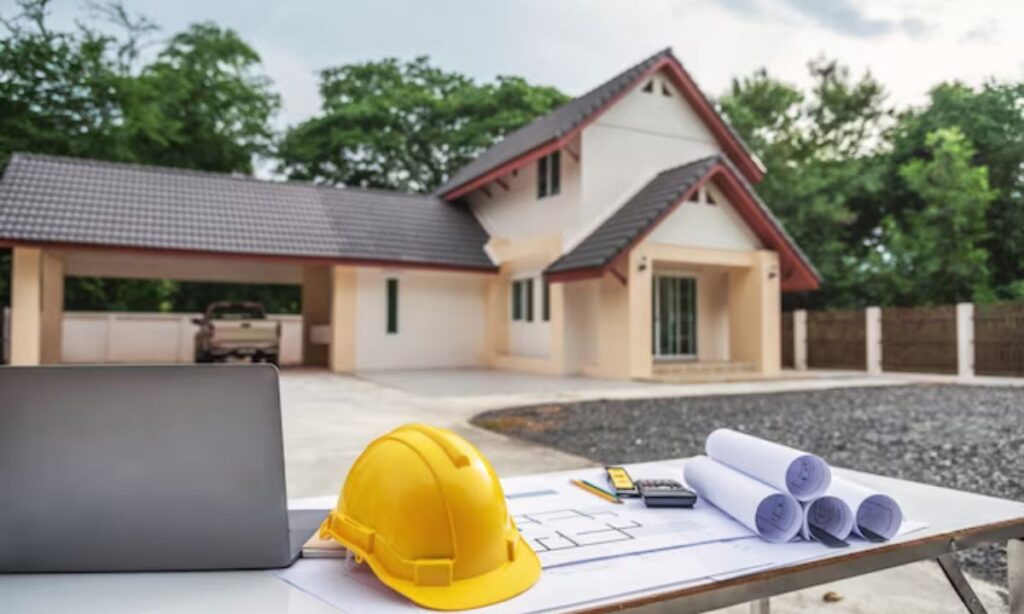Tendering in Construction: A Step-by-Step Guide
Tendering in construction is a critical process that involves inviting bids or proposals from contractors or suppliers for a construction project. Thanks to tendering, both the owners and the bidders can work together without favoritism and unethical practices being practiced.
However, not all companies know how to bid for these contracts, and that’s where we come in. This step-by-step guide will help you understand how the tendering process works in the construction industry.
Tendering in Construction: Start To Finish
Project Planning

Any construction tender begins with the company outlining its project’s objectives, specifications, and requirements. These outlines must include essential information such as architectural and engineering plans, materials, and timelines. The reason for this is that the people who bid on the tender will need the information to create a competitive and thorough tender offer.
Prequalification

Once the project scope has been defined, project owners can start the prequalification process. At the prequalification process for tendering in construction, the owners will create a list of potential bidders. In this list, project owners will include only those with the right expertise and resources.
After the creation of the list, the screening process will start. The qualifications, financial stability, experience, and previous project performance of all the potential bidders will be examined. This happens because project owners only look for capable and reliable bidders so that the construction is done correctly and on time.
Tender Document Preparation

At this stage, all the relevant information related to the construction is written down in a set of tender documents. The document will have project plans, specifications, terms and conditions, and a timeline for completion. All the information will be clear-cut and detailed to avoid any misunderstanding. Proper documents will help you understand the requirements for tender submission.
Learn more about How to Write an Effective Tender Proposal
Invitation to Tender

After writing down the tender document, it will go out to all the screened qualified bidders, asking them to bid on the project. The document will also include the last submitting date so all the bids come in on time.
Site Visit

Before bidding documents come in, the screened bidder will be asked to go and visit the construction site. At the site, the bidders will be able to assess the area to get a better understanding of the project and ask questions related to the construction.
Bid Submission
Now, the prequalified bidders can write and submit their bids/proposals. The proposal documents will have information such as pricing, construction methodologies, schedules, and any additional requirements they might have.
Are you new to construction tendering? In that case, here are some tips for submitting your first tender.
Bid Evaluation
Before all the proposals come in, the project owners will create a bid evaluation committee. Smaller projects will not have this, and the owners themselves will do this part. The evaluation committee or owner will look through the proposals and assess them. The assessment will include cost, quality, experience, and compliance with project specifications.
Awarding the Contract

The evaluation process will continue until there is one or more winning bids. The number of winning bids depends on the size of the project and other factors. The winning bidder(s) are then awarded the contract, and the negotiation will start. The final terms and conditions may differ from the original bid.
Contract Agreement

When both parties, project owners and bid winners, agree on the final terms and conditions, a formal contract will be drawn. This legal contract will outline all the rights and responsibilities of both parties. The formal contract is then signed.
The formal contract exists to ensure both parties do their part, and if they don’t, the contract states the penalties they will suffer.
Project Execution

Finally, the tendering in construction is done, and the project can begin in earnest. Both parties will perform regular checks per the contract to ensure the project moves on time and without issues.
After Construction

Even after the construction is completed, there are parts of the tender and final contract that need to be followed. This is where the closeout and post-project evaluation comes in.
Closeout
Once the construction project is 100% completed, a final inspection is done to ensure that all parts of the project and the final contract have been followed thoroughly. After the inspection, the final payment for the project is released.
Post-Project Evaluation
At the same time or after the inspection, the project owners will conduct a review where both the performance of the contractors and the project will be evaluated. This is done to figure out where they can make improvements in the future.
Conclusion
Tendering in construction is very complex, and there are many areas where you can get lost; however, with a clear head and proper planning, it can be done relatively quickly. One main area to note is that documentation will play a big part on both sides, project owners and bidders; therefore, pay attention when documenting.
Every step of the tendering process must be done with due diligence to complete a construction tender successfully.
FAQs
Why is tendering important in construction?
Tendering helps project owners find capable and reliable contractors, ensures competitive pricing, and sets the foundation for a successful construction project.
What should be in the tender documents?
Tender documents include project plans, specifications, terms and conditions, and timelines. They should be unambiguous to avoid confusion.
Can I change my mind after selecting a winning bid?
Changing your mind after awarding a contract can be costly and may lead to legal issues. It’s essential to thoroughly assess bids and negotiate before finalizing the agreement.
Is tendering only for large construction projects?
No, tendering can be used for projects of all sizes. It’s a valuable process for finding the right team or suppliers, regardless of project scale.
What if there are disputes during the construction process?
Disputes can arise, but a well-drafted contract and clear communication can help resolve them. Legal mediation or arbitration may be needed in more complex cases.

